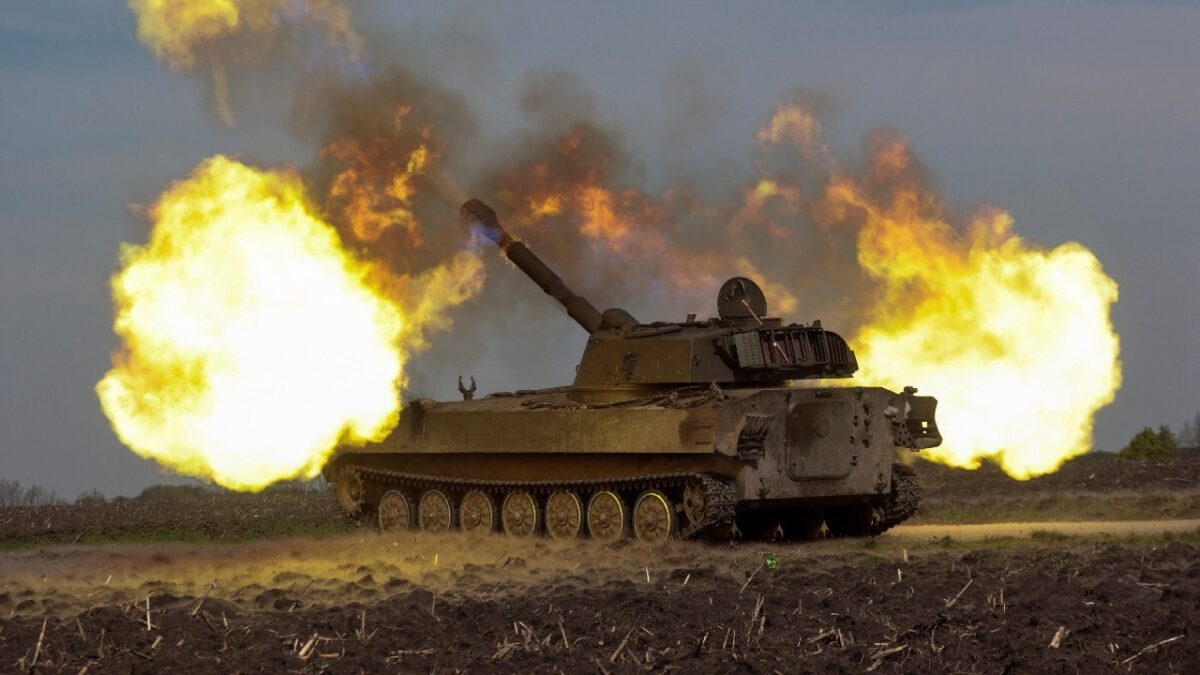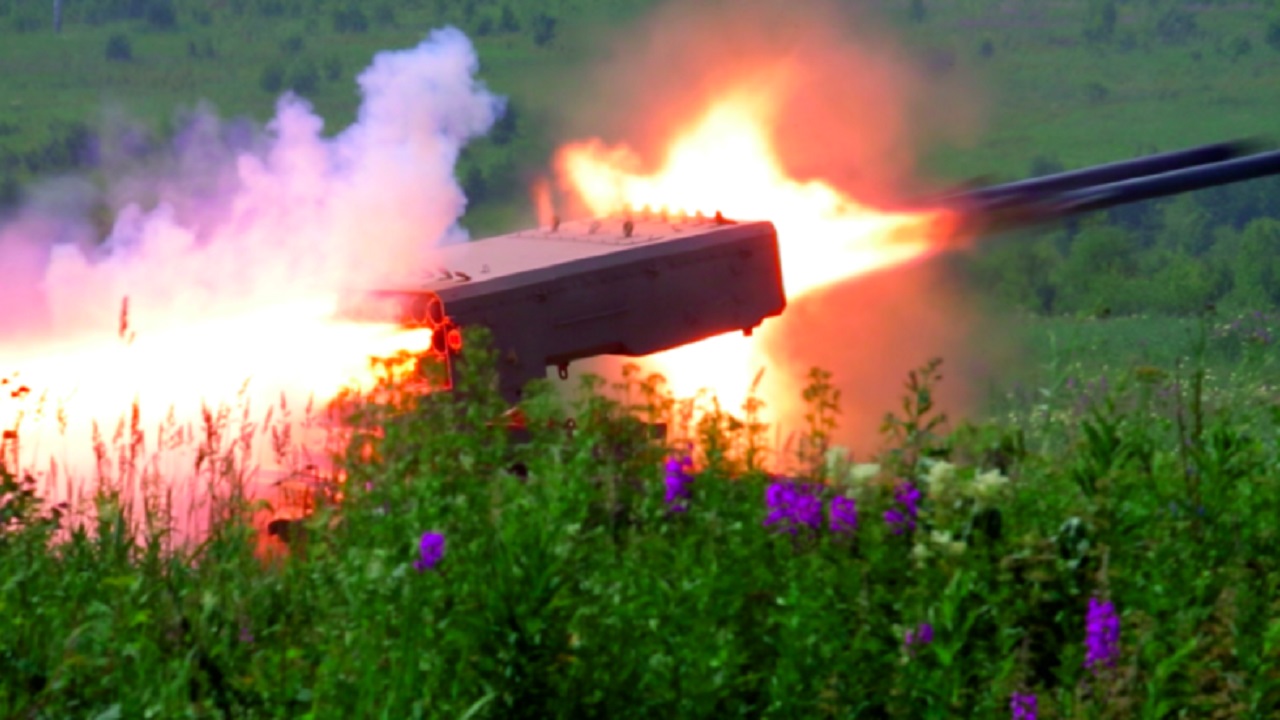Congress is considering even more aid to Ukraine on top of the $65 billion the United States has already pledged. Lawmakers on Capitol Hill may approve another tranche of Ukrainian assistance worth $50 billion before U.S. midterm elections in two weeks. A previous package of $12.3 billion was approved by legislators in September. The $50 billion is the largest single grant thus far since the war in Ukraine began.
Doing the math, that means if it all was passed, Ukraine would get an amazing $115 billion in total aid. To give some perspective, the entire Russian defense budget for one year is $77 billion in one year.
How much is enough? More is needed to help the Ukrainians get to 2023. The winter months of combat will be difficult for Ukraine as the defenders and the invaders dig in and conduct artillery and rocket barrages. Meanwhile, Kyiv will take any aid it can get.
Push Aid Package Through Before Midterm Elections
Congress looks to be headed into a lame-duck session post-election, so leaders are aiming to pass the $50 billion installment before public voting begins. They have been considering the additional aid package since around October 18. The Biden administration supports more aid, but some Republicans are skeptical and are concerned about allowing a “blank check” in funding. House Minority Leader Kevin McCarthy has said aid to Ukraine should be curtailed. McCarthy is in line to become Speaker of the House should Republicans take control in November, and the party is not totally united along a common front for more aid to Ukraine.
Are the Republicans Divided on Additional Ukrainian Aid
In the Senate, Minority Leader Mitch McConnell supports more aid to Ukraine including “additional air defenses, long-range fires, and humanitarian and economic support.” McConnell is likely willing to whip enough votes for the Republicans to join Democrats who are in favor of White House plans for new assistance to Ukraine.
But a Large Majority of Americans Support Helping Ukraine
The American people generally support Ukraine aid, according to surveys. A Reuters/Ipsos opinion poll released on October 5 showed nearly 75 percent in favor of arming Ukraine in the war. Democrats were in support at 81 percent followed by fewer Republicans at 66 percent.
Diplomacy First
But when the questions are changed in polling, the results tell a different story. A majority in the United States wants the Biden administration to conduct diplomacy and negotiations with Vladimir Putin to end the war. A September poll by Quincy Institute for Responsible Statecraft and Data for Progress found that 57 percent support a diplomatic solution in Ukraine. As many as 47 percent said future aid should be dependent on whether there are American efforts to negotiate peace. Thirty Democrat House Members wrote a letter to President Biden calling for direct negotiations with Putin to end the war.
How Much Aid From Europe?
The United States is by far the biggest provider of military, humanitarian, and financial aid to Ukraine under wartime conditions. The European Union is second at $16.2 billion, according to Statista, followed by the United Kingdom at $6.58 billion and Germany, Canada, and Poland with pledges of around $3 billion. Italy, Japan, Austria, and the Netherlands have granted around half a billion dollars.
Look At Aid as Proportionate to the Size of Economies
Another way to compare the size of aid packages is by percent of gross domestic product, according to the Kiel Institute for the World Economy. Latvia and Estonia have given around 1 percent of their GDP to Ukraine aid, according to the institute. The U.S. and U.K. have given around 0.25 percent of their GDP. Poland and Lithuania are also ahead of the U.S. and U.K. in percent of GDP for assistance.
The Need for More Oversight of Dollars Spent
How long can this generosity go on? Domestic political pressures in the United States could reduce some of this funding in 2023. One concern is that all the money and military hardware may not be getting to the front. There seems to be no mechanism to ensure fraud does not happen. Senator Rand Paul of Kentucky has called for a special investigator general and auditor to ensure corruption does not occur. The United States had such an office during the War in Afghanistan called the Special Investigator General for Afghanistan Reconstruction. This body had subpoena and investigatory powers to root out waste, fraud, and abuse.
Need for a Ukrainian Marshall Fund
Even more monetary aid from the United States and Europe will have to be ponied up after the war for rebuilding and demining Ukraine. This could require a new Ukrainian “Marshall Fund” for reconstruction and more money will be floating around Kyiv that could go to the wrong places.

Ukrainian service members fire with a self-propelled howitzer 2S1 Gvozdika, as Russia’s attack on Ukraine continues, in unknown location in Kharkiv region, Ukraine May 7, 2022. REUTERS/Serhii Nuzhnenko
A likely outcome in the United States would be Congressional hearings that will call up Department of Defense and Department of State officials to examine the future pledges and grant packages for Ukraine. There will be more Republicans and perhaps Democrats calling for additional oversight. We are likely to hear no more “blank checks for Ukraine” while problems at home need funding too such as crime-fighting, aid for opioid abuse, and the environment.
This is the view that “foreign policy starts at home” and that domestic policy is more of a concern than the war in Ukraine.
Expert Biography: Serving as 1945’s Defense and National Security Editor, Dr. Brent M. Eastwood is the author of Humans, Machines, and Data: Future Trends in Warfare. He is an Emerging Threats expert and former U.S. Army Infantry officer. You can follow him on Twitter @BMEastwood. He holds a Ph.D. in Political Science and Foreign Policy/ International Relations.

